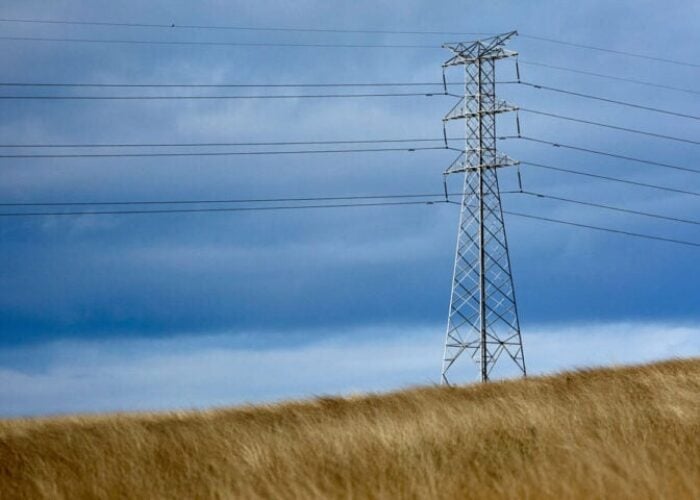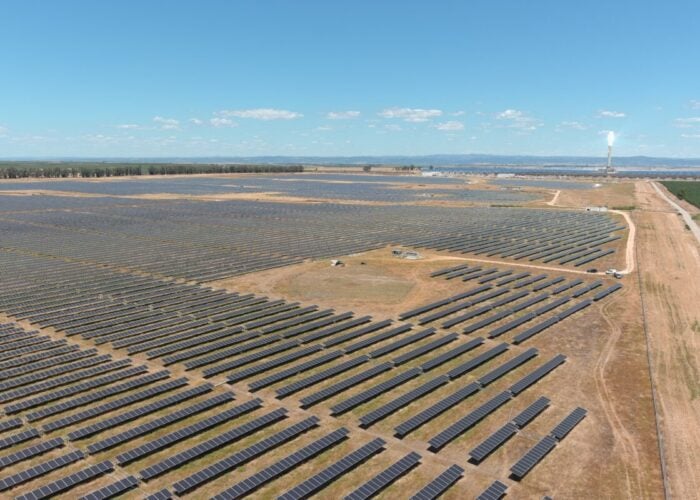
India added more than 10GW of solar PV in 2021 as the country hit a cumulative installed solar capacity of 49GW by the end of the year, according to research firm Mercom India Research’s latest update on India’s solar sector.
The 10GW of capacity additions made in 2021 represented a 210% increase on the year before. While a part of this could be explained by the COVID-19 pandemic causing a drop in installations, India’s deployment figures had been falling year-on-year since 2017.
Unlock unlimited access for 12 whole months of distinctive global analysis
Photovoltaics International is now included.
- Regular insight and analysis of the industry’s biggest developments
- In-depth interviews with the industry’s leading figures
- Unlimited digital access to the PV Tech Power journal catalogue
- Unlimited digital access to the Photovoltaics International journal catalogue
- Access to more than 1,000 technical papers
- Discounts on Solar Media’s portfolio of events, in-person and virtual
Given this, the boost will be welcomed from the country’s solar industry, although upcoming policy changes will cause concern for India’s downstream sector.
The numbers reported by Mercom are slightly lower than deployment figures released by research firm JMK Research in December that stated 11.1GW of solar capacity was added from January to November and also comes in lower than the 13.5GW predicted by researchers Bridge to India (BOI).
Of the 10GW Mercom said was added in 2021, about 8.5GW was utility-scale solar, with the country’s large-scale project pipeline currently standing at 53GW.
While India had a target of deploying 100GW of solar PV by 2022, BOI expects 65GW to be installed by the end of this year. As of Q4 2021, about 27.7GW of solar projects were tendered and are pending auction, Mercom said.

Solar PV represented 62% of new power capacity additions, said the report, and accounted for roughly 12.4% of India’s total installed power capacity by the end of last year.
In Q4 2021, Rajasthan was the state with the highest cumulative utility-scale solar installations. It and three other Indian states – Gujarat, Maharashtra and Uttar Pradesh – account for more than two-thirds of all solar deployment in the country.
According to data from the country’s Ministry of New and Renewable Energy (MNRE), solar now makes up approximately 47% of total renewable energy production, making it the largest contributor followed by wind (38%), bio power (10%) and small hydro (5%).
But a BOI analysis conducted in December 2021 showed that deployment in the country was faltering as high module prices impact project construction.
This situation is likely to be compounded in the short-term as the country introduces a Basic Customs Duty (BCD) on solar cells and modules from April this year.
You can read all about the implication of that – and India’s Production Linked Incentive (PLI) scheme – on the country’s solar manufacturing sector as well as its downstream industry here.
PV Tech Premium has examined India’s solar industry through conversations with experts and analysts. We’ve broken down the main sources of funding and support available to companies wanting to engage in the market. Support schemes for both utility-scale and rooftop solar were included in the analysis.







